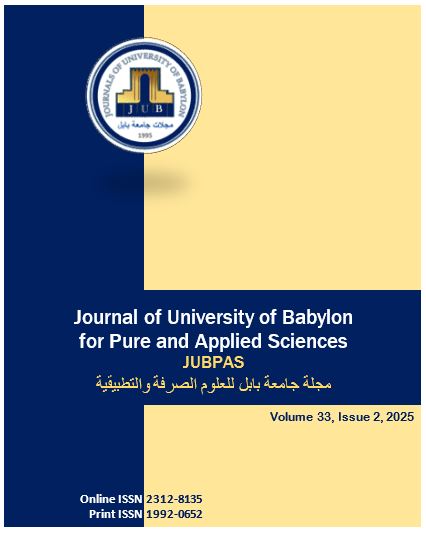A Comparative Study of Compression Techniques for Medical Images
Main Article Content
Abstract
Background:
Accurate diagnosis and treatment rely on medical imaging, which presents challenges due to the vast data generated by MRIs and CT scans. Managing such volumes is complex in storage and transmission. Efficient image compression techniques are essential for telemedicine and cloud-based systems, enabling seamless data transfer while preserving quality.
Materials and Methods:
This study compares three widely used compression techniques: Adaptive Huffman Coding (lossless), Discrete Cosine Transform (DCT) (lossy), and Adaptive Multi-Layer Run-Length Encoding (AMLRLE) (lossless). A dataset of DICOM medical images was used, and techniques were evaluated based on three key performance metrics: compression ratio (CR) for data reduction, processing time (PT) for computational efficiency, and Peak Signal-to-Noise Ratio (PSNR) for assessing image quality.
Results:
Huffman Coding, a lossless technique, achieved a high compression ratio of 0.972 with an average compression time of 0.028 seconds. However, it exhibited lower image quality than DCT and AMLRLE. DCT, a lossy method that converts image data into frequency components, provided a compression ratio of 0.964, a processing time of 0.088 seconds, and a PSNR of 317.55 dB. AMLRLE, another lossless technique, showed performance nearly identical to DCT, maintaining the same compression ratio, processing time, and PSNR.
Conclusion:
Huffman Coding suits applications needing fast processing, while DCT and AMLRLE are better for high-quality imaging. The choice of compression method depends on system needs—speed, storage, or diagnostic precision. Future research will integrate these techniques with machine learning to enhance adaptive compression for medical imaging.
Article Details
Section

This work is licensed under a Creative Commons Attribution 4.0 International License.
